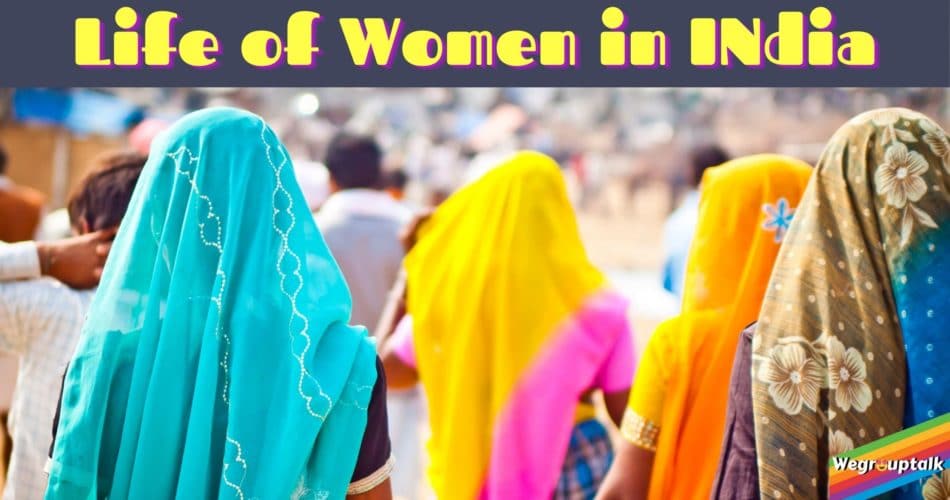Woman- a name of a species of creatures who has the potential and capability to bring a new generation- a creator –a human version of the almighty or if we go by science: the super force. How can one say and the other could believe that Brahma, according to Hindu mythology, is the creator of the universe when no one has seen him or any proof of his invention. Just because a human has written so in the scriptures- you would believe it! If so this the case then why doesn’t a woman deserve even the half of respect and behavioural etiquette. If this not hypocrisy and double standards then what is?
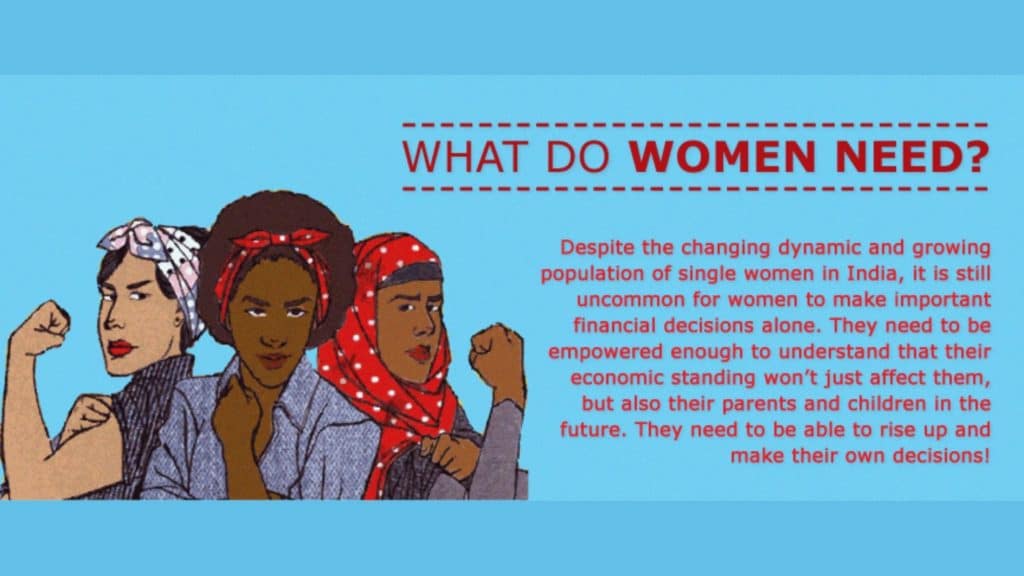
INDIA- the land where women are worshipped as well as humiliating. INDIA- the land of spices OR the land of irony and hypocrisy. What do you think – what exactly is the condition of women in India?
The answer could be either they are empowered, and it is the men in the society who needs empowerment from now on or they are so lame that their existence doesn’t matter much here as basic they are deprived of fundamental rights or they are in the middle – they are neither over empowered nor put down in the society. Place to place offers a variety of mindsets, beliefs, culture etc., and India is famous for it. The Third option is right when we talk about the life and condition of women in India. In this article, you would get to know about the life of women in India.
HISTORY OF WOMEN IN INDIA
Women in the very beginning of the human civilization got a position on the pedestal of societal strata. The evidence to this fact trace back to Indus Valley or Harappan civilization where figures of woman deities are observed on coins. Historians even say that the society which then existed was matriarchal. It is also believed that the head of the family was a female.
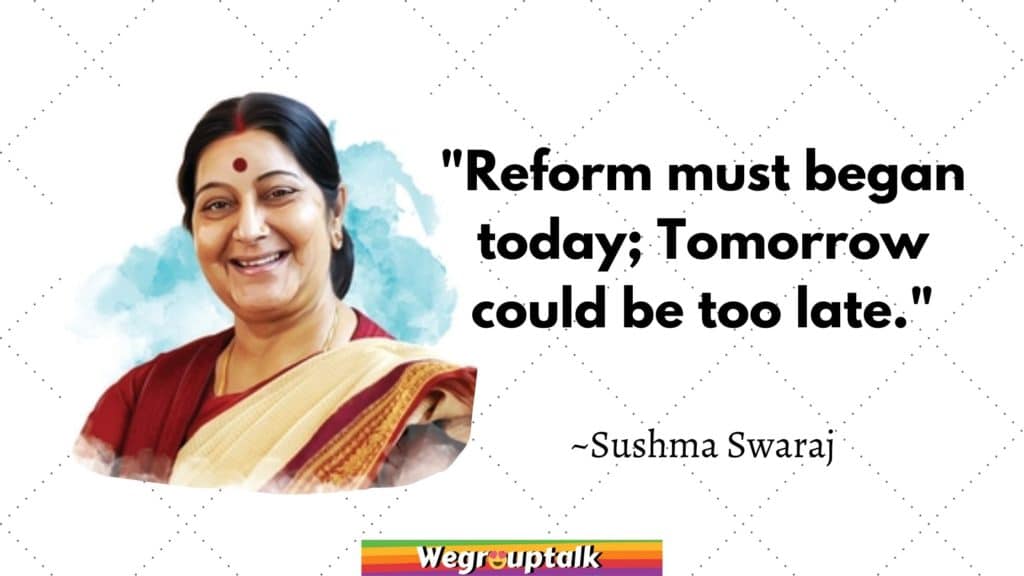
According to religious beliefs, Woman was worshipped in her many forms. For Example- Scriptures state that god of wealth and prosperity is Lakshmi, the god of strength is Durga, the god of wisdom is Saraswati etc. Not just this, but Cow, which is the feminine counterpart of the bull is also worshipped, and beef is considered illegal in parts of the country.
MODERN HISTORY OF WOMEN IN INDIA
History shows that women were never deprived of freedom of choice, the speech of expression, etc. or any such basic fundamental rights ever. Women were given the same rights as men by Dr Ambedkar while forming the constitution. The situation of women might be better here than other countries like Saudi Arabia etc. politically. Here is the mention of some incidents from the history that show the active involvement of women.
Women- an integral part for change in the society
There is no doubt that women have more courage, and they know how to stand up for something right. This situation could be visible in 1976 when the Chipko Movement was introduced. It was the rural women who first hugged the tree and did not let it go even after several warnings and threats. It was they who led to this movement.
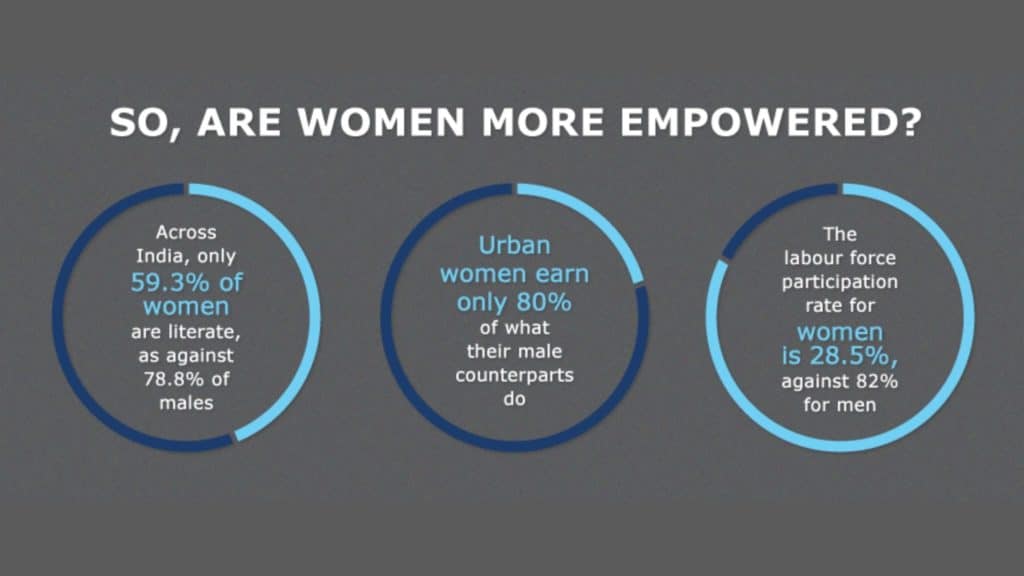
Now, you would get to know about different aspects of women’s lives in India in different situations:
1. Women’s Role in Freedom Struggle-
The mark of women in India’s freedom struggle traces back to 1817. The most famous event in history, which included the participation of women in a more prominent role was the involvement of Rani Lakshmi Bai. She is to date the most relevant personality while discussing women empowering. Kasturba Gandhi, Sarojini Naidu, Annie Bezant and Vijayalakmi Pundit in the 20th century are the names which are remembered even today for their singular contribution both in the battlefield and in the political field.
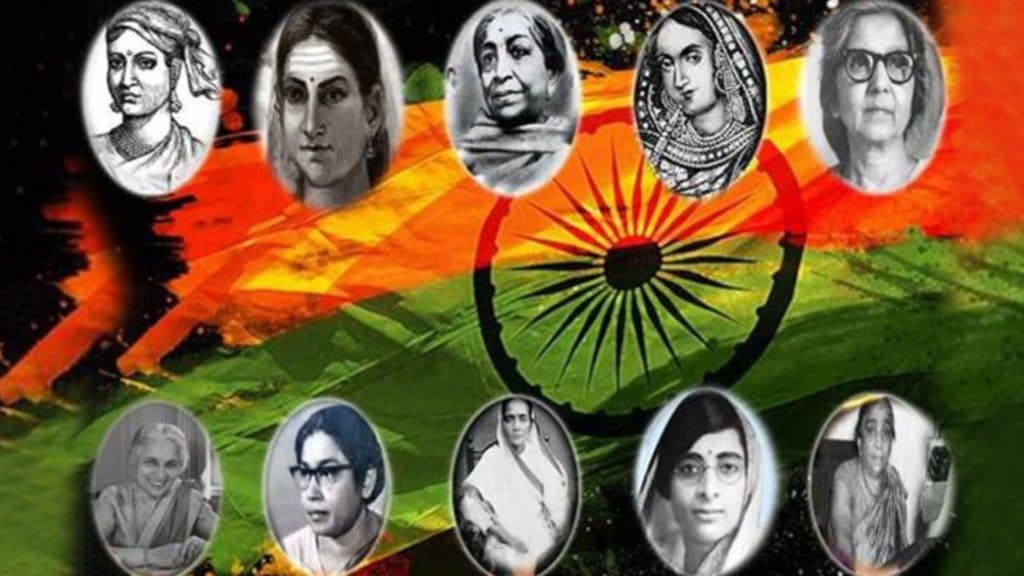
2. Politics
India has one of the most numbers of women politicians in the world. As of 2013, it has been reported of the members of parliament 11% were women in Lok Sabha and 10.6% in Rajya Sabha. Currently, the finance minister, chief minister of West Bengal and the ex-minister of food processing industries are all females. There is no doubt that women are growing and empowering others to rise and shine.
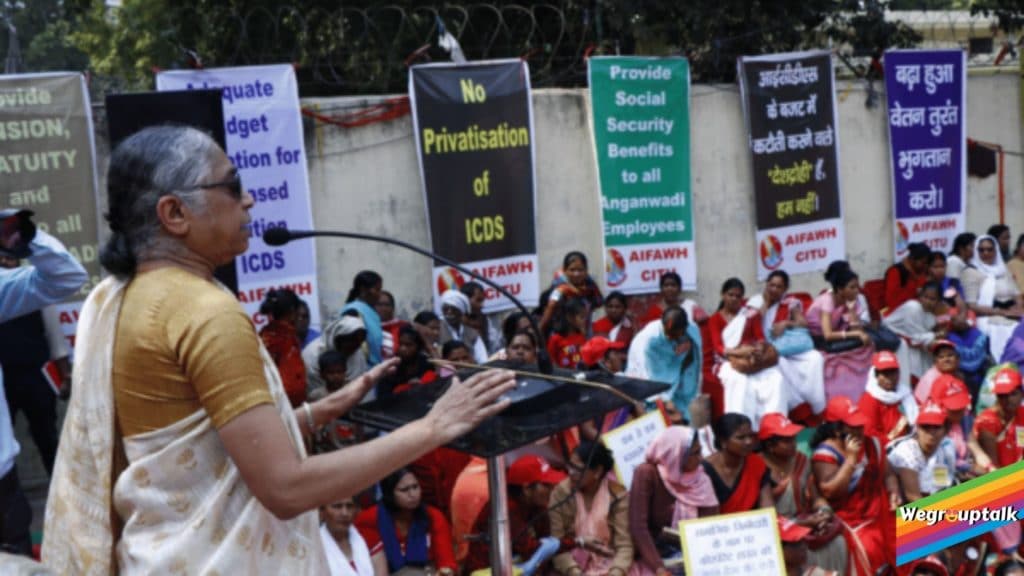
3. Culture
Marriage is an important part of Indian culture. Though the orthodox setup is becoming modern, it is still tougher on women than men. Beginning with the customs and the traditions of the culture, there are certain rituals and practices that a girl has to do to showcase identity – Wearing mangal sutra, putting vermilion, wearing bright colours such as red etc.- of her being married. Still, on the contrary, there aren’t any such things for a man to do. In modern times, one is not supposed to do so if one doesn’t wish to, but some are still forced.
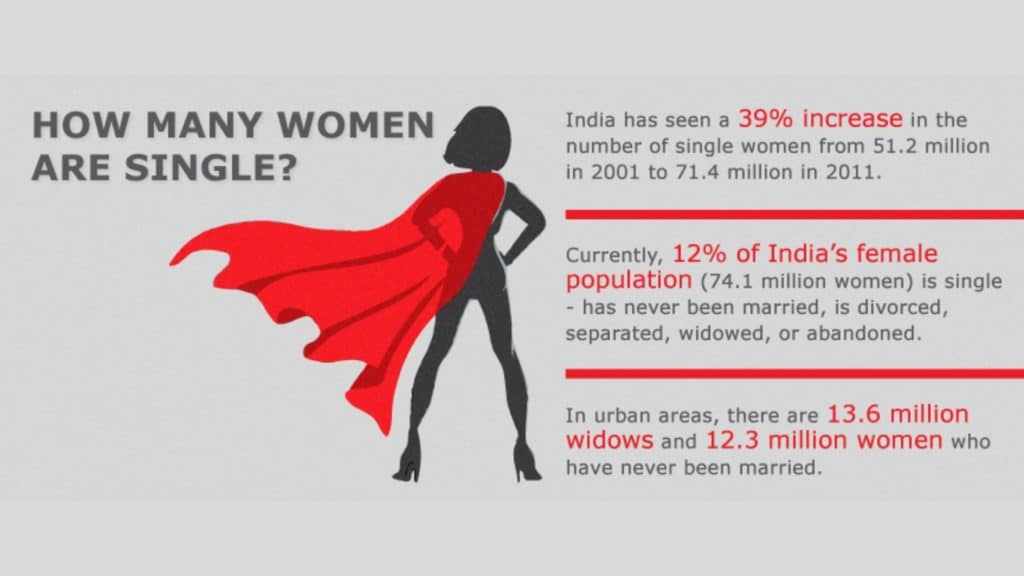
4. Military
Role of women in the military is not very varied from that of men in different spheres. Women selection in the forces except the medical sector started in1992. As of 2014, women made up 3% of Indian Army personnel, 2.8% of Navy personnel, and 8.5% of Air Force personnel. As of 2016, women accounted for 5% of all active and reserve Indian Armed forces personnel. Women are a part of combat roles in the Indian Navy and Indian Air Force. Flight Lieutenant Shivani Singh of Varanasi has been selected in the is Rafale Squadron’s First Woman Fighter Pilot.
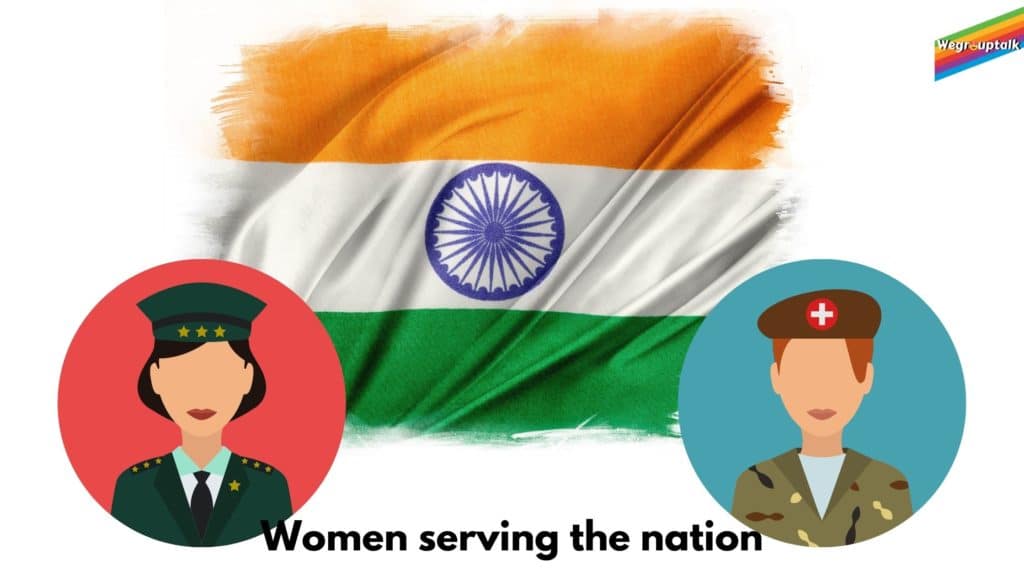
5. Education and Economic Development
Education
The world is evolving; people understand the value of education. But, the female literacy rate in India is less than the male literacy rate. According to a 1998 report by the U.S. Department of Commerce, the chief barriers to female education in India are inadequate school facilities (such as sanitary facilities), shortage of female teachers and gender bias in the curriculum (female characters being depicted as weak and helpless).
Workforce Participation
Orthodox minds are changing. Due to primitive thinking, men and women cannot participate equally in work. Though women do not step out in rural and suburban areas, a large percentage of women in India are actively engaged in traditional and non-traditional work. E.g., According to a 1991 World Bank report, women accounted for 94% of total employment in dairy production in India, in the software industry, 30% of the workforce is female.

Gender Pay Gap
Gender Pay Gap might not be a concealed issue; it is often heard about. Generally, people are either suppressed by seniors or threatened when then talk about it. But, Bollywood female actors have come out openly on various social media and networking platforms about the difference in the pay gap. At the same time, India passed the Equal Remuneration Act way back in 1976, which prohibits discrimination in remuneration on the grounds of sex. But in practice, the pay disparity still exists. Men with a four- or five-year degree or the equivalent of a master’s degree have, on average earned 33.7 per cent higher median wages than women.
Women In Business
Women of all types of areas- may it be rural or urban are establishing different sorts of businesses and prospering.
Fun fact: One of the largest dairy co-operatives in the world, Amul, began by mobilizing rural women in Anand in the western state of Gujarat.
Land and Property Rights
Earlier women were not equal peers as men to inherit the parental property, but such is not the scene in contemporary India. The Hindu personal laws of 1956 (applying to Hindus, Buddhists, Sikhs, and Jains) gave women rights to inheritances. For Muslims, Shah Bano case of 1986 was a major turning point for the status of Muslim women.
6. Crime Against Women
Crime has been a constant part of society since the beginning of Kalyug. Crime against women covers more than 50% of the total crime. The National Crime Records Bureau reported in 1998 that by 2010 growth in the rate of crimes against women would exceed the population growth rate. Earlier,90% of people due to social stigma and humiliation feared to report cases which included women but now thanks to education, this number is inversely proportional to the literacy rate. Such crimes can be listed in a journal but to keep it within the interesting reach for the reader – here are a few crimes. They are rape, molestation, acid attacks, dowry, female infanticide, trafficking etc.
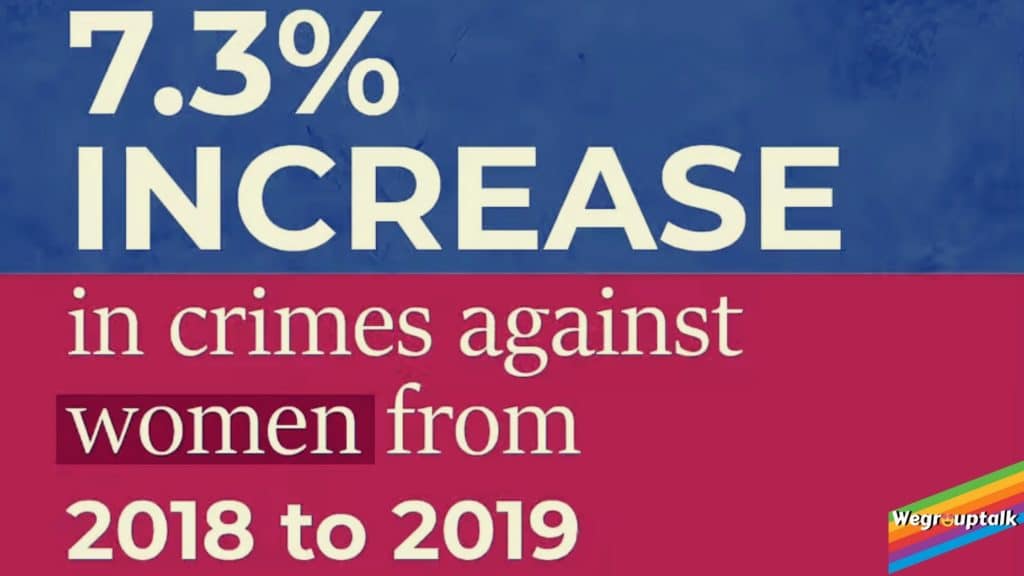
7. Health
The female life expectancy rate in India is less than in other countries of the world, but it is eventually getting better. Girls, especially in rural areas, are either malnourished or underweight. To make things worse, some female children face teenage pregnancy and invite lifetime chronic diseases or problems. The maternal mortality in India is the 56th highest in the world 42.% of births in the country are supervised in Medical Institution. In rural areas, most women deliver with the help of women in the family.
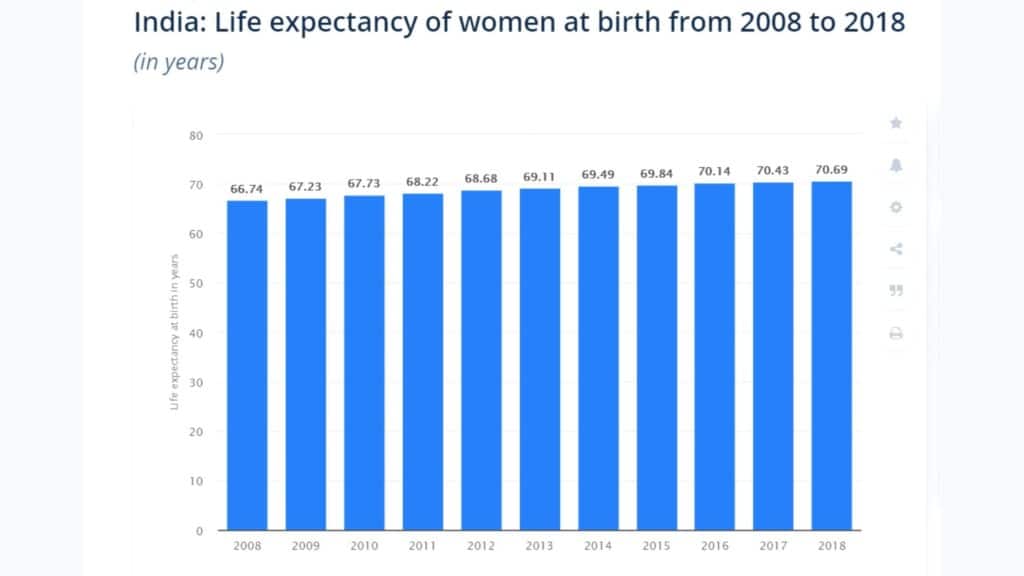
8. Family Planning
It is sad and disheartening to know that conceiving a child is mostly a man’s wish. Especially in rural areas, women have no or negligible say in bearing a child. This marks the dominance of men over women from a very long time.
Women needed empowerment earlier, but now women of rural areas need information about Women Empowerment, and urban women need to show it in a practical aspect which includes working on the project.

In the end, I would mention Maya Angelou- “You will have to face many defeats but never let yourself to be defeated.”
Follow us on Facebook, Instagram and Twitter to stay connected~~!!

